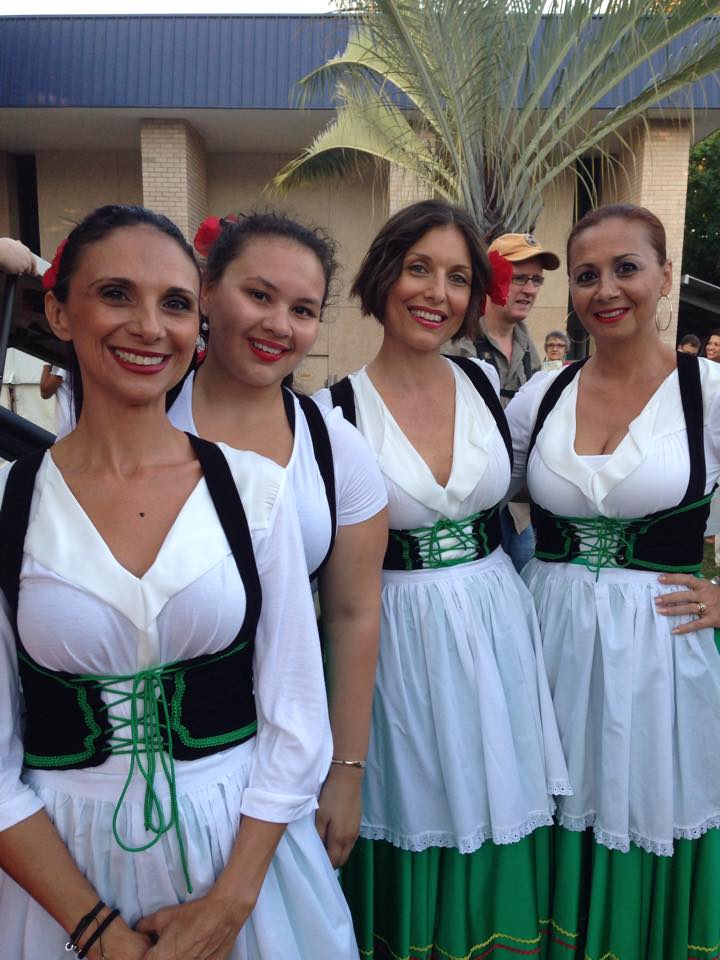Italian Community in The NT
About UsHistory of the Settlement
The Italians have one of the longest histories of migration to Australia. Priests were the first group of migrants to come to Australia in the 19th century including the Northern Territory, to minister to communities. As a result of Italian Unification which created economic turmoil, many Italians left for countries such as the United States of America and South America (Argentina and Brazil) between 1861 and the early 1920’s and Australia.
Italian migrants established themselves in Central Australia, where they were involved in mica mining at Harts Range. Italians made a name for themselves in these mines as they toiled through extreme conditions to deliver mica necessary for industrial development. Italian migrants were also involved in mining operations at Rum Jungle. Following WWII and later Cyclone Tracy, Italian migrants were involved in building and construction developments in Darwin, later venturing into other sectors such as retail and property development. By the 1950’s, Italians were playing an active role in the economic life in Alice Springs, excelling in property development and investment, as well as farming and retail. In the 1950’s the Verdi Club was established in Alice Springs and two decades later, its very own club facility was constructed. By 1961 a group of Italians decided to form an Italian association, ‘Casa Italia’ to assist new migrants in getting used to the Territory lifestyle and alleviating homesickness. In July 1978 the premises at the Italian Club in Mararra was opened.

Prominent Historical Members
Ted D'Ambrosio: Active member of Air Raid Precautions Organisation during the early 1940's and served the Italian community by providing assistance to new and settled Italian migrants.
Angelo Maddalozzo: Became known as one of the best locally-based building contractors despite the discrimination the Italian community faced at the time, excelling in his first major contract to erect Darwin Town Hall sited in MacLachlan Street and going on to build other reputable constructions such as the Supreme Court and the Technical High School located on Bullocky Point.
The first Italian women battled conditions even harder than their husbands due to the greater isolation as a result of linguistic and cultural barriers, lack of education in skilled labour and gender segregation. These women sought employment as labourers in other people's homes, worked in the mica mining projects and took care of their households and families. Some prominent figures include Pia Innocenzi and Mary Riconi.
Arrival & Settlement
Like many other non-northern European migrants, the migrants who came from the regions of Italy, including Sicily and Calabria in the south, faced prejudice and social isolation in Australia. Women were initially housewives and therefore more isolated with lack of access to friends and resources, particularly to raise their children. However as the Italian community grew, isolation was overcome and many began to learn skills from each other including English and trade.
Use of ABS statistics from 2006 Census
According to the 2006 Census, there were 440 Italian born people in the Northern Territory. It is estimated that the number in the Italian community is now much higher.
Languages & Ethnicity
According to the 2006 Census most Italian-born people spoke Italian at home in conjunction with English. A small percentage also spoke Spanish. Most Italians were recorded as speaking English very well. Most Italians surveyed responded as having Italian ancestry and a small percentage recorded English and Australian ancestries respectively.
Religion & Traditions
The majority of Italians are Catholic. A small percentage of Italians surveyed in the 2006 Census indicated that they were Jehovah's Witnesses.
Community Events
The main community events celebrated are Catholic religious festivals, particularly Christmas and Easter. These are celebrated with specific Mass prayers across churches in the Northern Territory and traditional celebrations and festivities such as family gatherings and feasts.
Useful Information
- Frost P. & Forrest S. 'In the hope to do better, an introduction to the history of Italian people in the Northern Territory'(1st ed. 2003)
- Museums Victoria
- Italian History
Do you have an upcoming event or function? Contact Us Now!